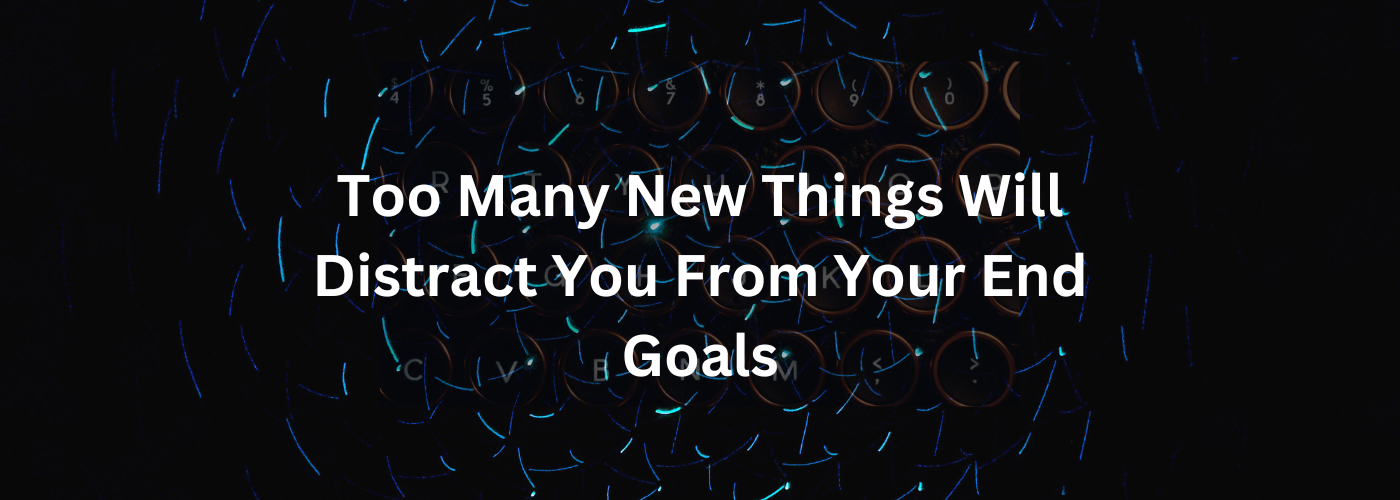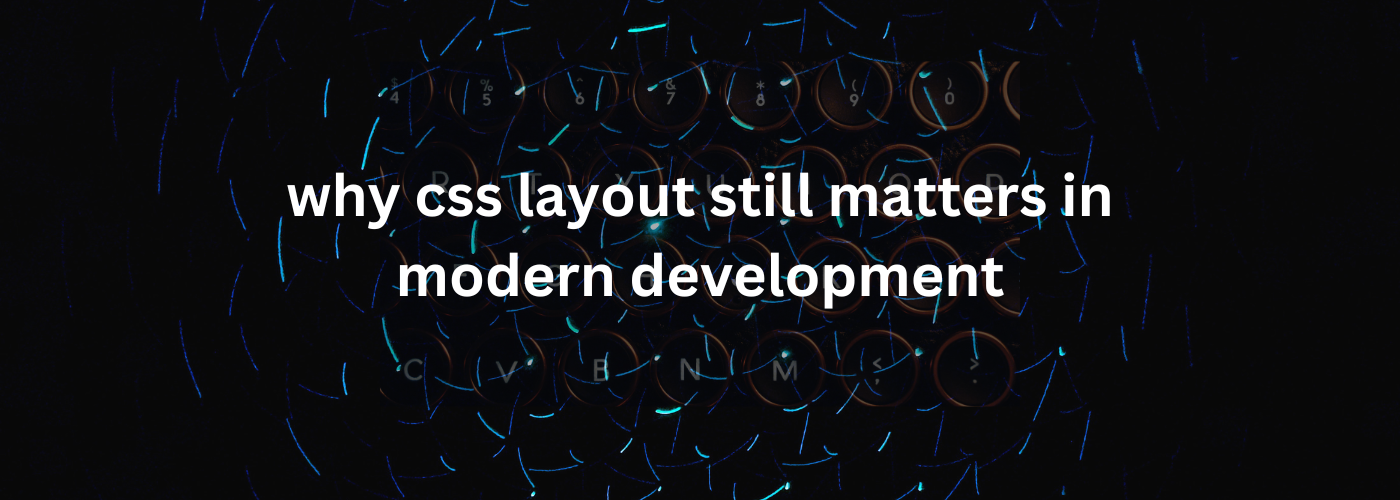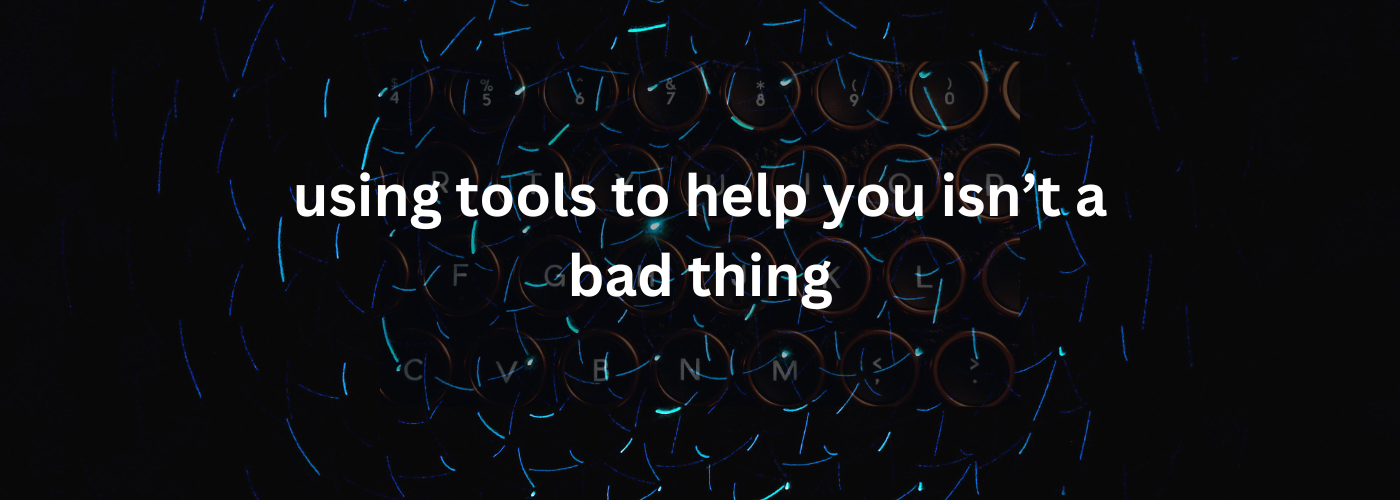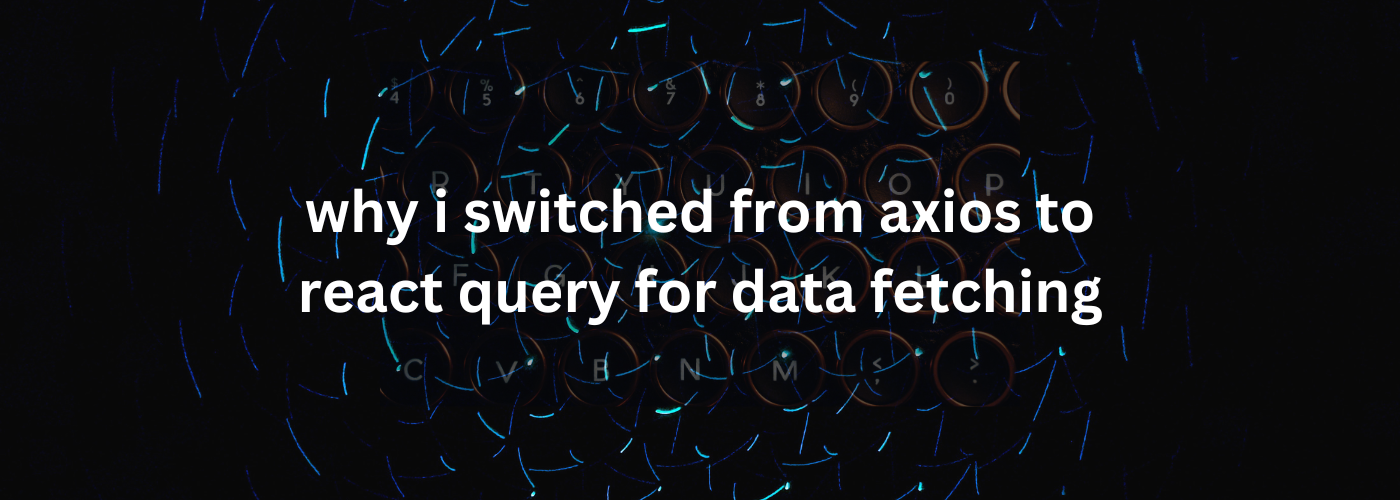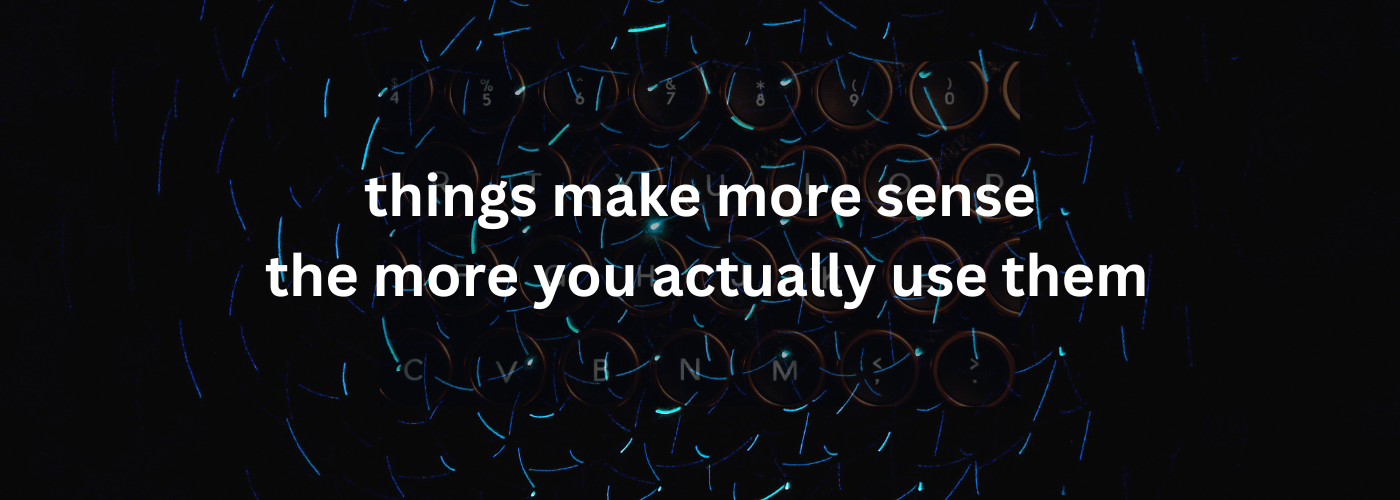
Kara Sune - April 12, 2025
Things Make More Sense the More You Actually Use Them
When I started learning Python, I thought it would be as simple as everyone said. But after a few hours of tutorials, I realized I barely understood what I was doing. The syntax looked clean, yes, but I didn’t know why things worked the way they did. It felt like I was copying and pasting instructions instead of writing real code.
Although Python is a high-level, versatile programming language used for web development, data analysis, artificial intelligence, and many more. And its often know for its simplicity, readability, large community support, and extensive libraries.
At first, I tried to memorize every function and keyword I came across. I thought if I read enough or watched enough YouTube videos, I’d become good at Python. But over time, I learned that programming doesn’t work that way. You can read every article, every doc, and every tutorial but you’ll never feel it until you start using it yourself and that’s when it clicked for me things make more sense the more you actually use them.
The Early Struggle
The beginning was rough. I made every mistake you can imagine forgetting colons, indentation errors, typos that took me hours to notice. Each time I saw an error, I’d sigh and open Google again. But something changed when I stopped running away from those errors and started paying attention to why they happened.
I began to realize that every bug was like a small teacher. Each one had a reason, a story, and a simple truth hiding inside it. The more I debugged, the better I understood how Python thinks.
For example, I once spent an entire afternoon wondering why a loop wasn’t printing anything. It turned out I had placed the print statement outside the loop. That tiny mistake made me understand indentation in Python better than any tutorial ever could.
There was a phase where I spent days jumping from one Python course to another. I watched hours of videos and read long explanations about variables, loops, and data types. But when I tried writing something on my own, my mind went blank. I didn’t know where to start.
So I decided to build something tiny. My first project was a simple text-based calculator. It didn’t look fancy, but it worked and that was enough. Seeing it run made everything I had read suddenly make sense. The connection between inputs, logic, and outputs became clear. That moment was when I truly started learning.
After that, I built another project, and then another. Sometimes they failed completely. Sometimes they worked halfway. But each one taught me something new, something no tutorial could’ve explained in the same way.
The more I used Python, the more I saw how it’s designed to make developers think clearly. It doesn’t just teach you how to code, it teaches you how to simplify your thoughts. You don’t need too many lines to explain what you mean. You just write it naturally, almost like English.
At first, I didn’t understand why Python forced indentation or why it avoided curly braces. But after working on several scripts, I realized how much cleaner my code became. It was readable even after weeks of not touching it. That’s when I appreciated how Python quietly shapes the way you think about code. It’s not about syntax, it’s about clarity. And that’s something you can’t feel until you’ve written enough real Python on your own.
Mistakes Became My Lessons
I made hundreds of mistakes, sometimes the same ones repeatedly. But those were the moments I learned the most. I remember spending a night fixing a bug that turned out to be a missing letter in a variable name. Another time, I wrote a function that didn’t return anything because I forgot the return keyword.
It sounds frustrating, but looking back, those moments built me. They taught me patience and attention to detail. Each time I solved a problem, I gained confidence. I began to understand how Python flows, how variables move, how functions interact, and how logic connects everything together. Learning Python stopped being about syntax and started being about thinking.
Now the turning point came when I stopped following tutorials blindly and started experimenting. I wrote code without copying. I tried things that didn’t make sense just to see what would happen. And surprisingly, that’s when Python started feeling natural. Also remember one day I wrote a script to rename all files in a folder. I had no idea how to start, so I googled a few keywords, tested a few snippets, and slowly built it. It worked. That small win changed everything. It made me realize I didn’t have to know everything to build something useful, I just had to try. and that’s how you grow as a developer. You learn by doing, by building, by failing, and by fixing. Not by memorizing.
Why Practice Changes Everything
There’s something powerful about consistent practice. You might not notice improvement right away, but over time, your mind starts connecting dots automatically. The language starts feeling familiar. You stop second guessing every line of code. When I look at my old Python files now, I smile. They’re messy, full of comments, and sometimes make no sense but they remind me how far I’ve come. Every error I faced taught me something valuable.
I used to be scared of writing code from scratch. Now, I enjoy it. Because the moment you start doing it regularly, you stop being afraid of the unknown.
Python isn’t just a programming language, it’s a mindset. It teaches you to think clearly, write simply, and focus on logic instead of decoration. It rewards consistency over perfection. It’s easy to think you’re not learning fast enough when you’re stuck on a small bug, but every struggle is part of the process. Every failed attempt is still progress. The key is to keep using it until it stops feeling foreign.
If you’re learning Python right now, here’s what I’ve learned the hard way.
- Don’t try to memorize everything. Focus on understanding concepts.
- Build small things. Even a simple calculator is worth it.
- Break your code often. That’s how you’ll understand it better.
- Don’t compare your progress with anyone elses.
- Write code daily, even if it’s 10 minutes.
You won’t wake up one morning suddenly understanding Python, it happens slowly, line by line, project by project. But when it does click, it stays with you forever.
When I look back, I realize Python didn’t get easier, I just got used to it. And that happened only because I used it every day. Tutorials helped me understand the basics, but real learning started when I began building and making mistakes.
That’s the real magic of programming. You don’t just learn by reading or watching, you learn by doing. You have to write code, run it, break it, and fix it. Over and over again.
And one day, you’ll look at your screen and realize everything that once confused you now feels natural. That’s when you’ll truly understand that things make more sense the more you actually use them.
Continue exploring with these related posts
